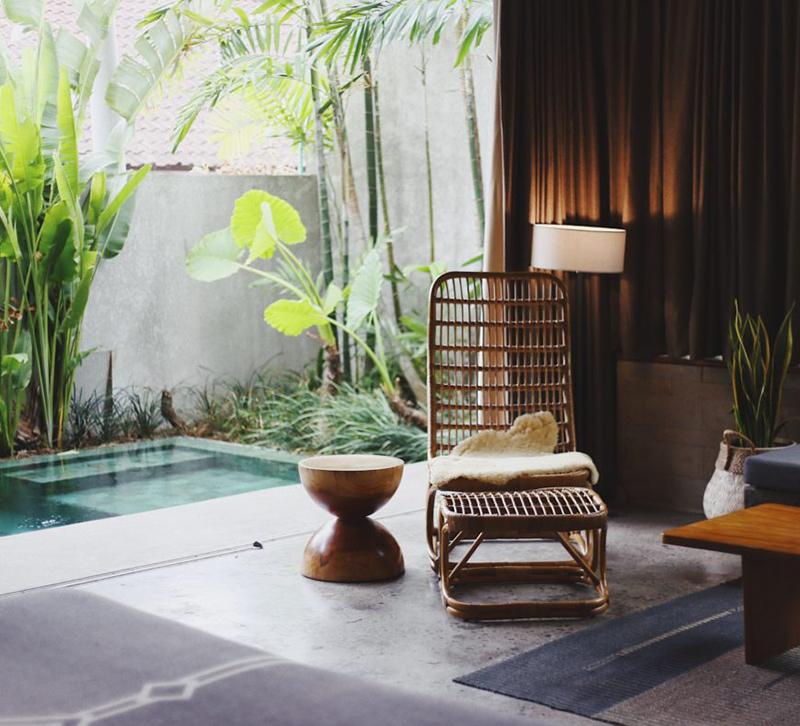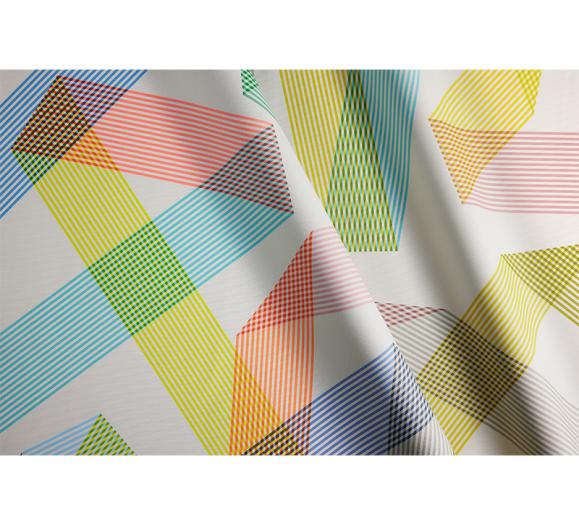With increasing popularity in the design scene, holistic interior design is one of the most effective tools an individual can put into practice when striving toward wellness and overall life betterment.
Harnessing ancient wisdom, such as I Ching, Feng Shui and WabiSabi, and blending it with modern interior architecture and design concepts rooted in sustainability, holistic interiors place healing right where it should be — at the very center of one’s life. We could all use a little more healing in our hectic lives, so let’s examine more closely how a holistic and sustainable approach to interior design can improve our mental (and even our physical) health.
In such a fast-paced, anxiety-producing time, the need for relief is palpable. I find that clients are often pleasantly surprised at how quickly they begin to feel better and, overall, live happier, in their mindfully designed holistic spaces. They tend to cite water elements and biophilia as the pieces that made the most immediate difference, with furniture layout and harnessing the science of colors next.
For those who wish to start small, I suggest starting to incorporate colors connected to positive moods into their design scheme, such as olive greens, purples, and blues. I blend these hues into projects using furniture, wall colors, and accent pieces. To take things further, the powerful, positive energy you create in your home spaces can be lifted with the use of crystals. The most effective are rose quartz, clear quartz, or citrine, which should be strategically placed near your mood-lifting color elements to amplify their effects.
A Space to Relax
Every home should have a spot earmarked for meditation or general relaxation. However, this space shouldn’t be chosen arbitrarily. According to an article in the American Journal of Public Health, “‘Sense of place” is a widely-used term that remains difficult to define.
The antecedent Latin genius loci, refers not to a place itself but to the guardian divinity of that place. In modern, more secular times, the term connotes the atmosphere of a place, or the quality of its environment. This matters because “we recognize that certain localities have an attraction which gives us a certain indefinable sense of well-being and which we want to return to, time and again.”
Simply put, different spaces have different energies, which is abundantly clear to anyone with empathic tendencies. Of course, this is also true of each and every corner of our homes. When searching for that perfect spot, I advise clients to spend some time alone in the home, taking a quiet moment in each room. Naturally, the body will relax in certain spaces, which is how you can narrow your search for the perfect sanctuary. Once located, mark it off with tape, then mindfully fill it with meaningful items. Remember, in a space meant for full-body relaxation, each item placed within must have a purpose.
Sustainability Matters
Sustainability is a cornerstone of holistic design. Partly because, according to the Journal of Alternative and Complementary Medicine, “We postulate a hierarchy of effects of environmental elements ranging from simply nontoxic to safe (both physically and psychologically) to ‘providing a positive context’ to being actively salutogenic.” This explains that our awareness of the safety of the materials we bring into our homes can be just as positively impactful to our health as the green aspects themselves.
We are also told by Jason F. McLennan in his book The Philosophy of Sustainable Design: The Future of Architecture that, “Holistic thinking reminds us that all things are connected. Holistic thinking applied to sustainable design is about striving for win/win solutions for people and the environment… …Holistic thinking is the mode of thinking that is required for any project to truly be sustainable in performance.” Therefore, we can look at sustainability and holistic design as wholly intertwined. When wellness goals are woven into the very fabric of the home, living and feeling better become one and the same, and they come far more easily than ever before.
So, you may ask, how does one incorporate this into their independent lifestyle? Thankfully, it’s easier than you may think. Today, sustainable, green products are widely available, though you do have to make intentional shifts in your shopping habits as you commit to folding these elements into your home.
As a brand Ambassador for the Sustainable Furnishings Council, I highly encourage consumers to look for environmentally safe furnishings. A great way to start is to create a reference list for shopping and keeping it saved on your phone, or in your purse or wallet to reference before making any purchase. The list can include: “No VOCs like formaldehyde, flame retardants, highly fluorinated stain treatments, no synthetic fibers, etc.” Don;’t hesitate to ask, “What is it made of?” “Where does it come from?” I support sustainable brands that show transparency in their supply chains and stimulate innovation towards the elimination of the handful of chemicals most commonly found in furnishings.
As present beings who keep wellness at the forefront of our minds, we have the ability to change our personal narrative. By taking a breath, removing overwhelming clutter, and bringing in fresh, joyful decor, we are setting an intention for a life focused on what matters most.








